Seems like we could all use some cheering up.
You know what always cheers me up? Dykes. Dykes playing music. Dykes making art. Dykes getting shit done. So here’s a list of some of the dykeiest professions throughout history and the women who thrived in them:
1) Poet
Being a poet is, obviously, one of the dykeiest professions of all time. Mary Oliver, Pat Parker, Emily Dickinson, Adrienne Rich, May Sarton, Marilyn Hacker, Eileen Myles, Cherríe Moraga… SAPPHO. The list goes on and on.
The entire genre of poetry is devoted to longing. A very gay way to spend one’s time.
It was Audre Lorde, lesbian icon for the ages, who famously wrote that “poetry is not a luxury” for women. In that same essay, she goes on to say: “The white fathers told us: I think, therefore I am. The Black mother within each of us — the poet — whispers in our dreams: I feel, therefore I can be free.”
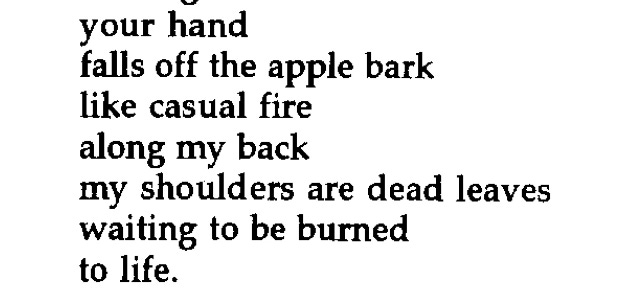
2) Ambulance Driver
During WWI, driving an ambulance was one of the few ways women could become involved in the European war effort on the front lines, besides volunteering as nurses. These jobs were often unpaid, but lesbians flocked to them in droves. Radclyffe Hall wrote about women ambulance drivers in her classic lesbian novel The Well of Loneliness (1928), in which the protagonist, Stephen, becomes an ambulance driver and does dykey things like falling in love with a fellow volunteer named Mary.
"And now quite often she waited at the stations for the wounded, she would see unmistakable figures—unmistakable to her they would be at first sight, she would single them out of the crowd as by instinct. For as though gaining courage from the terror that is war, many a one who was even as Stephen, had crept out of her hole and come into daylight, come into the daylight and faced her country: 'Well, here I am, will you take me or leave me?' And England had taken her, asking no questions—she was strong and efficient, she could fill a man's place, she could organize too, given scope for her talent.”
- Radclyffe Hall, The Well of Loneliness
3) Bookstore Owner
Queer history is littered with lesbian bookstore owners. My favorites have to be Adrienne Monnier and Sylvia Beach, who owned bookstores across the street from each other in 1920s Paris, one of them French-language and the other English-language. Beach’s shop, Shakespeare & Company, remains one of the most famous English-language bookshops in the world. Monnier and Beach were romantically involved throughout the 1920s and 1930s, but transitioned to friendship (gay) when Monnier fell in love with Gisèle Freund, a German-Jewish refugee, anti-fascist activist, and photographer (also gay) in 1936.
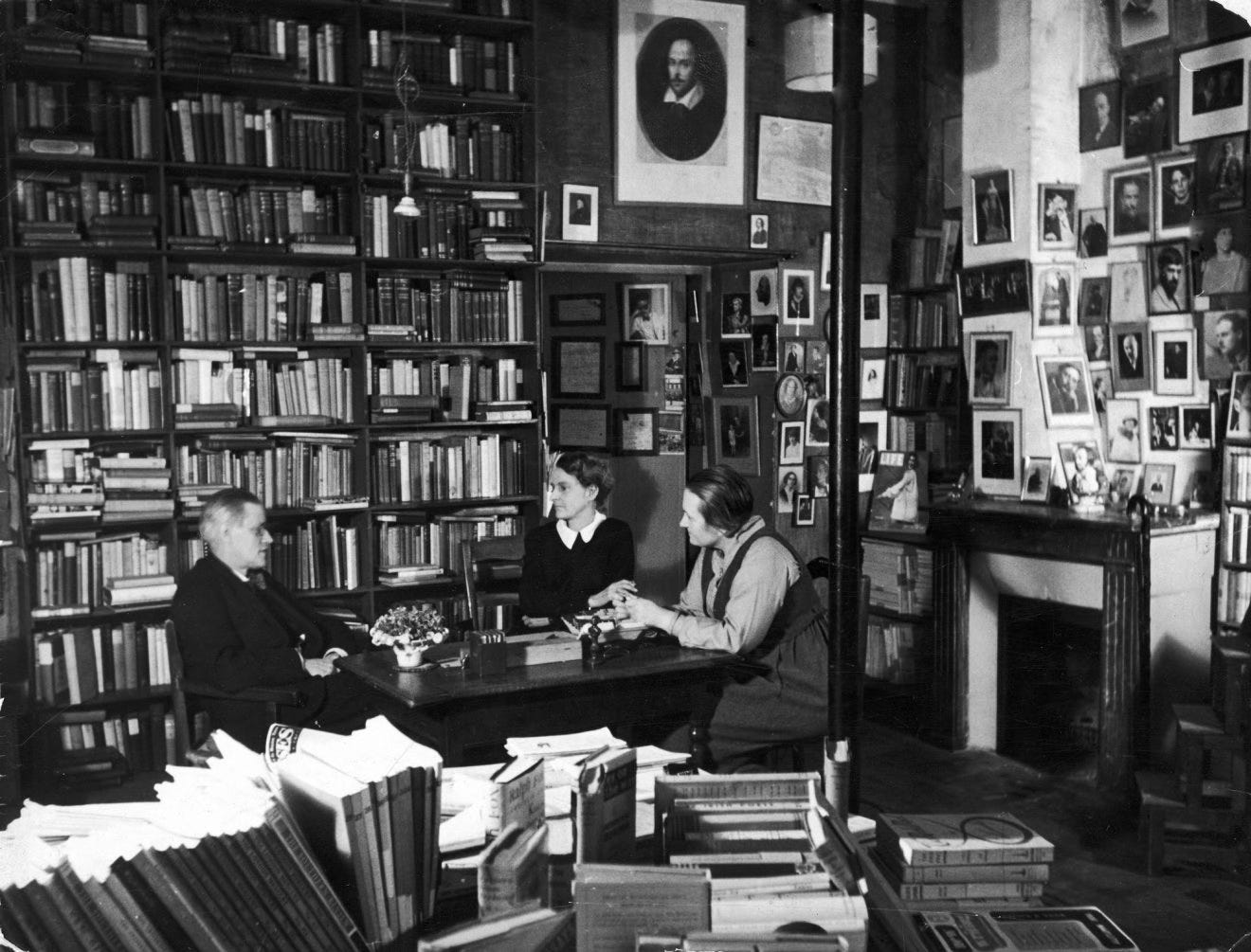
4) Playwright
I think this is a dykey profession mainly because of the way the word itself is spelled. Why the gh? That just seems like a very gay spelling to me.
Also lesbians make excellent playwrights. It’s a genre that requires empathy, excellent observational skills, the ability to fantasize at length about imaginary relationships, a keen understanding of double meanings, and the ability to describe minute physical behaviors that evoke intense emotions without words.
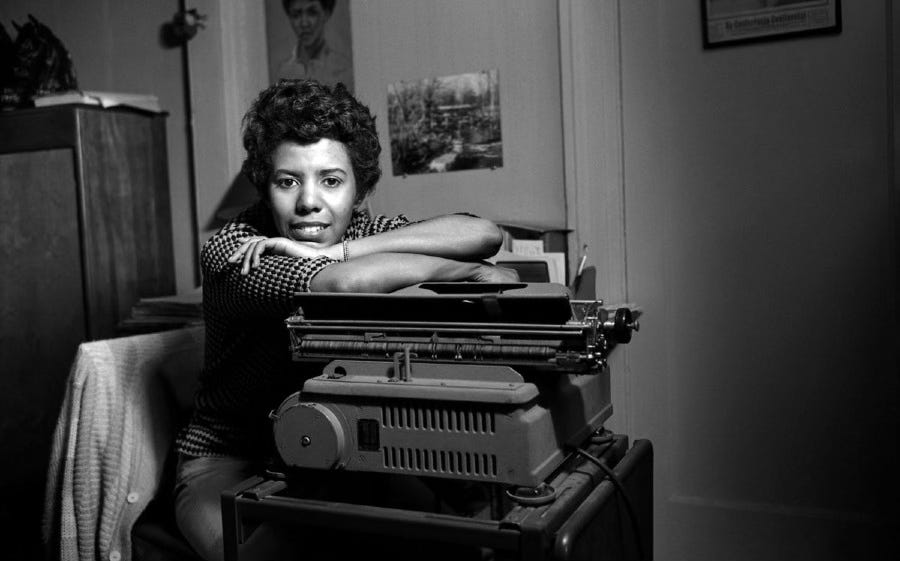
5) Pamphleteer
Zines, pamphlets, newsletters… dykes have been at the forefront of grassroots publishing for a good long time. One of my favorite tales of lesbian resistance against fascism is the story of Claude Cahun (aka Lucy Schwob) and her partner Marcel Moore (aka Suzanne Malherb), gender-fluid European artists who made a name for themselves in Paris in the 1930s and moved to the British island of Jersey in 1937. When the island was invaded by German forces, the couple distributed anti-fascist pamphlets and flyers using reclaimed bits of German propaganda.
“The couple moved to Jersey in 1937 and when the island was later invaded by German forces during the war, they began their own unique types of resistance. Drawing on their artistic experiences, Schwob and Malherbe created subversive, satirical Dada-esque messages, covertly distributing these “paper bullets” all over Jersey. For instance, they created texts mocking Hitler’s slogans made famous in his biography Mein Kampf, jamming them into mailboxes or tucking the them on car windshields.”
6) Women’s College President and/or Professor
Soon after I graduated from Mount Holyoke College (a historically women’s college and proudly trans-inclusive!), I had the honor of seeing the play Bull in a China Shop by Bryna Turner performed at Lincoln Center Theater. The play follows the lives and careers of Mary Woolley, President of Mount Holyoke College from 1900-1937, and Jeanette Marks, a Mount Holyoke Professor. Mary and Jeanette were life partners, and it was because of the… ahem… intimate nature of their relationship that Mary had the President’s house built across the street from the main building on campus. That way, students and faculty wouldn’t be privy to Mary and Jeanette’s frequent overnight visits...
7) Blues Singer
Boy do I wish I could go back in time and see Gladys Bentley perform her raunchy lesbian anthems at the Clam House, the gay speakeasy that made her a household name in 1920s Harlem. Bentley became famous for wearing dapper tuxedos and donning a top hat and cane on stage. She openly flirted with women in the audience and used overt references to lesbian culture in her songs. Around the same time, bisexual icon Bessie Smith became the highest-paid Black entertainer in the US with her irreverent blues recordings for Columbia records, including one song she wrote, performed by Ma Rainey, that proclaimed:
Went out last night with a crowd of my friends.
They must've been women, 'cause I don't like no mens...
they say I do it, ain't nobody caught me. Sure got to prove it on me.
- Bessie Smith (lyrics), “Prove it on me”
8) Owner of a Tea Room
Tea rooms were a hotbed of dykey scheming throughout the 1800s and 1900s and I do think it’s time we bring them back.
Eve Adams, a Polish Jewish immigrant, moved to New York City in 1912, where she worked for several years in the garment industry. Her first gay cafe venture came a few years later when she was living in Chicago with her then-partner Ruth Norlander. Together, they opened The Grey Cottage, a bohemian tea room. By 1923, Eve was back in New York and working on her groundbreaking book Lesbian Love, which she published in a limited run for her friends and lovers in 1925. In 1924, she opened yet another tea room/speakeasy in Greenwich Village at 129 MacDougal Street called Eve and Ann’s, which hosted “open evenings” with “books, batik, art, etc.” By 1924, the tea room was known as Eve’s Hangout. In a June 1926 listing for the cafe, The Quill described it as a place:
“Where ladies prefer each other. Not very healthy for the she-adolescents nor comfortable for he-men.”
Eve was arrested in 1926 after years of surveillance by the US Bureau of Investigation and convicted of publishing an obscene book, as well as attempted sex with a policewoman (who had been sent to entrap her). She spent a year and a half in prison before being deported back to Europe, where she settled in Paris and later met her life partner Hella Olstein, a singer and cabaret performer. They were both arrested during the Nazi occupation of France in 1943 and murdered at Auschwitz.
I highly recommend Jonathan Ned Katz’s excellent book on Eve Adams, The Daring Life and Dangerous Times of Eve Adams.
What professions would you add to this list? Which historic lesbians would you mention? Drop a line in the comments and let me know!
xoxo,
Hannah




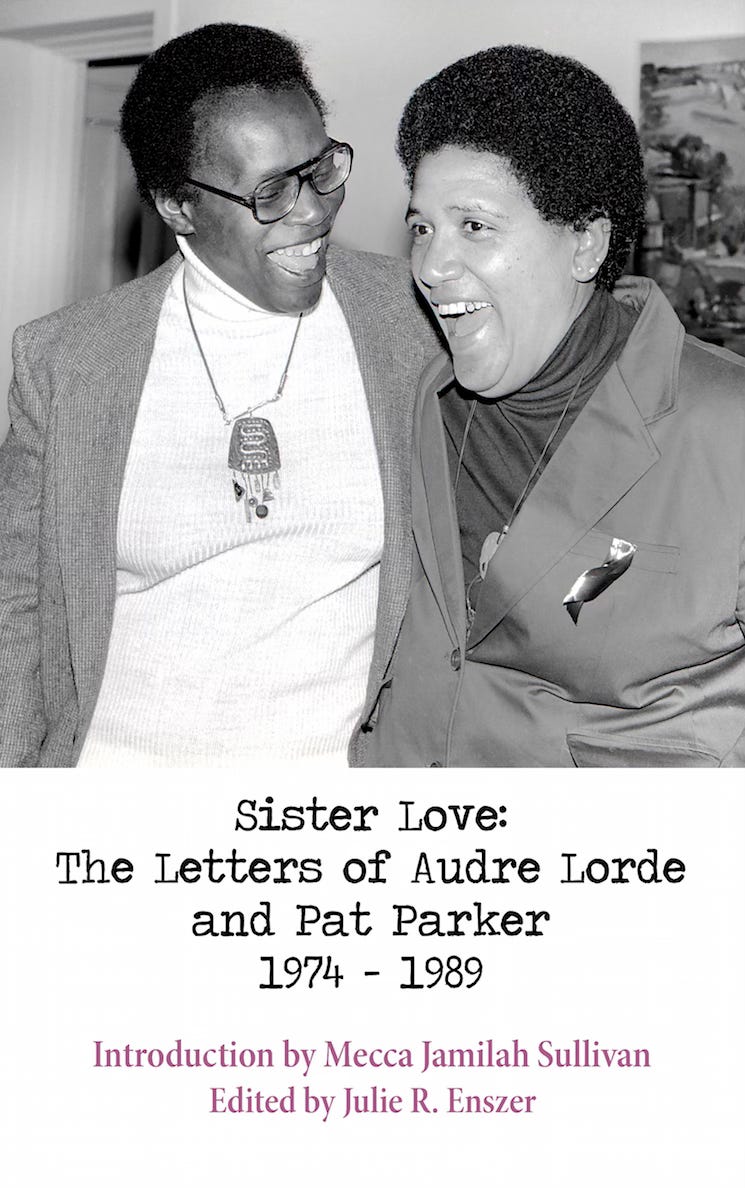
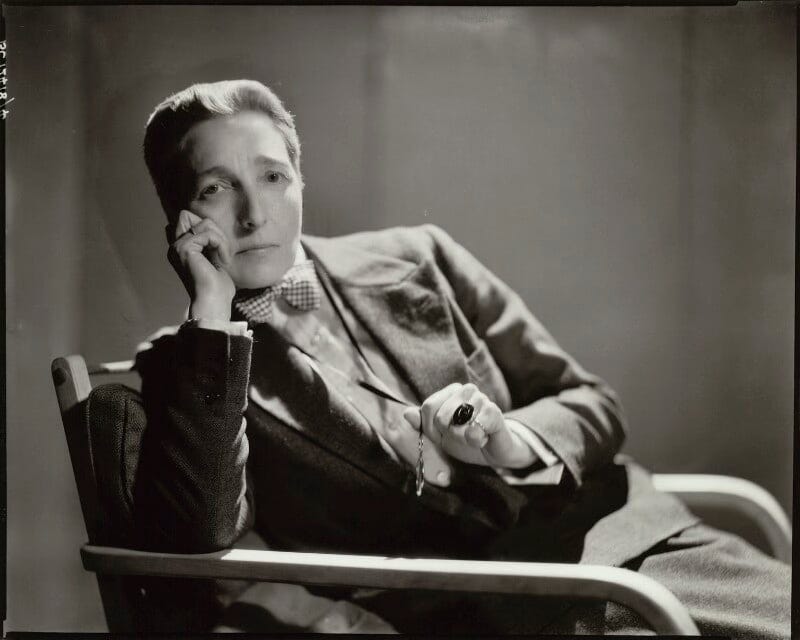
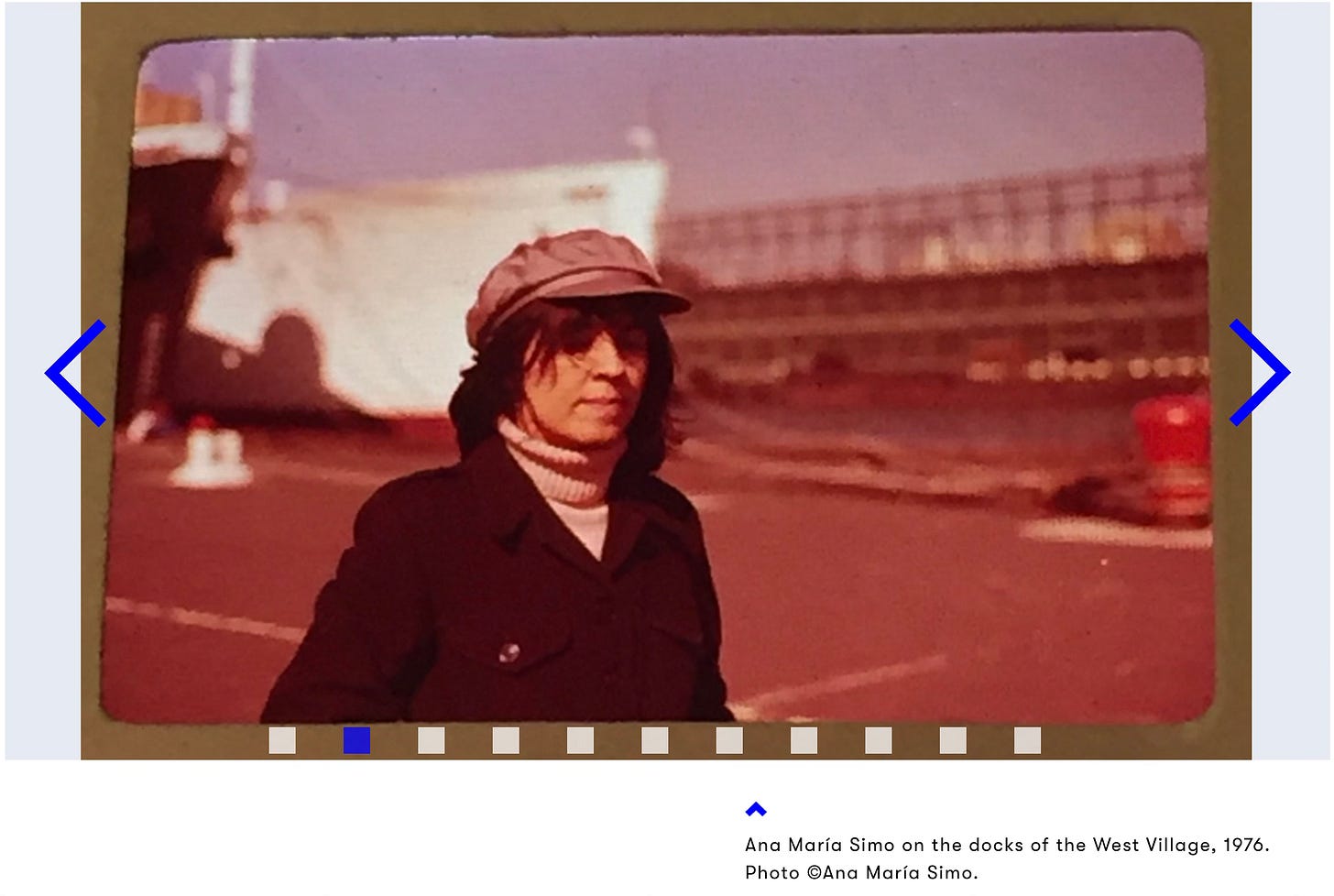



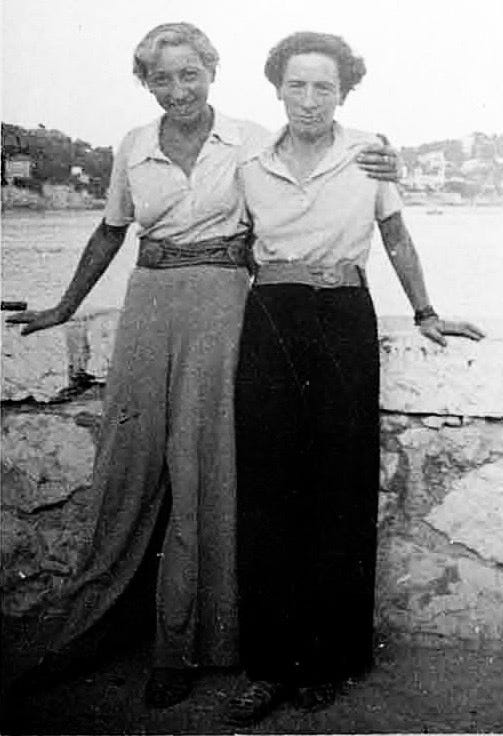
Looks like ya might've missed social workers, we're a pretty dykey lot!
I love these kinds of posts. Super informative and entertaining.
For me I associate "dykey" jobs with being a bit more hands-on and blue collar. They aren't famous for their work but they're the backbone of society and keep things running- if you want shit done properly, get a dyke to do it!
(I'm personally biased because my partner is an engineer and I maybe only understand 20% of what her job actually is... But she keeps those machines running for damn sure 💪 )